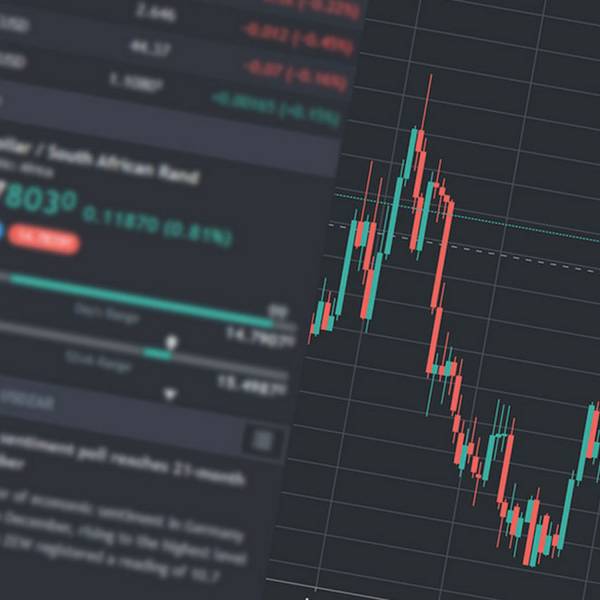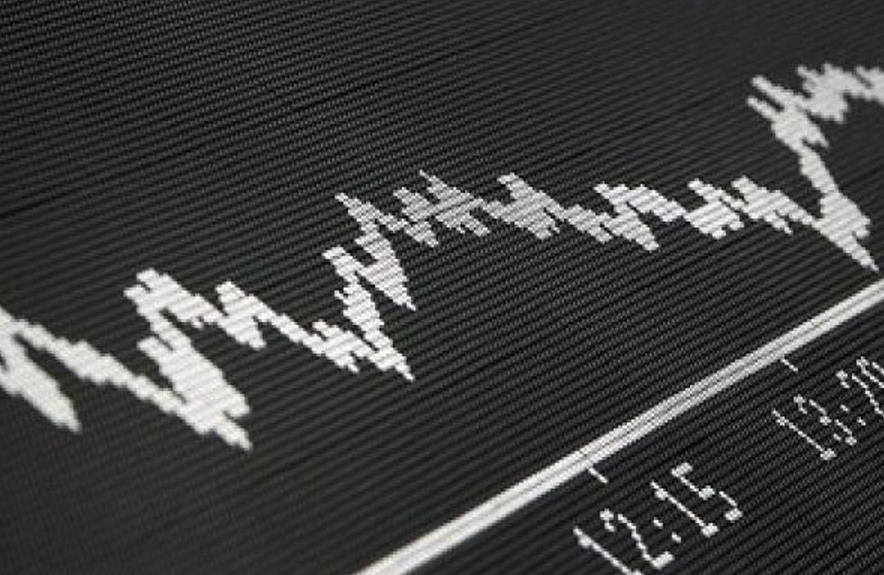If you’re like most people, you probably haven’t even considered trading currency in the volatile forex market. After all, this has historically been perceived as the preserve of experienced and institutional investors, thanks to its incredibly volatile and changeable nature.
However, the highly leveraged nature of the forex market means that it’s possible to open positions with relatively small sums of cash, while technological advancement has also made the sector more accessible and driven daily trading volumes of around $6.6 trillion.
If you do choose to trade on the forex market, whether via this V7N forex trading platform (or any other reputable platform) or by another means, what are the key considerations that you need to keep in mind? Here are some of the most important.
The Role of Leverage in the Market
We’ve already touched on the role of leverage, which refers to the practice of borrowing money in order to facilitate trades.
Usually expressed as a ratio, most brokers offer leverage at a rate of around 50:1, although some licensed platforms extend this to 100:1 in some instances. This dramatically increases the size of the positions that you’re able to open, while enabling you to control large amounts of capital with a relatively small deposit.
In this respect, leverage also relates directly to margin, with the latter referring to the precise amount borrowed to open a position. You’ll need to understand this relationship in detail when starting out, in order to avoid over-leveraging your account.
The reason for this is simple; as margin-based positions can incur sizeable losses as well as gains, some of which may be far in excess of your capital holdings.
The Importance of Liquidity
Liquidity is also a highly attractive feature of the forex market, especially when you trade major currencies such as the US dollar (USD), British pound (GBP) and the Japanese yen (JPY).
The word ‘liquidity’ refers to the ease with which a particular asset can be bought and sold, with instruments such as the USD especially viable due to the greenback’s status as the world’s largest currency reserve.
However, the level of liquidity declines slightly in the case of minor and exotic pairs, with the latter combining the USD with emerging market assets like the Thai baht and Mexican peso.
You’ll need to factor this in when building your currency portfolio over time, or risk making ill-informed trades that don’t suit your strategy.
The Rise and Rise of Forex Trading Apps
We also spoke briefly about how technological advancement and innovation have shaped the modern-day forex market, with this defined primarily by the emergence of online trading platforms.
More recently, we’ve also seen the rise of user-friendly forex trading apps such as the MetaTrader 4 (MT4), which combine customisable charts with an intuitive interface to make investing simpler than ever before.
While the MT4 is focused on forex trading, the MetaTrader 5 offers access to a broader range of assets and technical indicators, so you can select a platform that best suits your outlook and wider portfolio.
Such apps serve as a one-stop-shop for traders who want to learn, practice and execute real-money trades, so you’ll need to select the right one when starting out in the marketplace.
HedgeThink.com is the fund industry’s leading news, research and analysis source for individual and institutional accredited investors and professionals









































